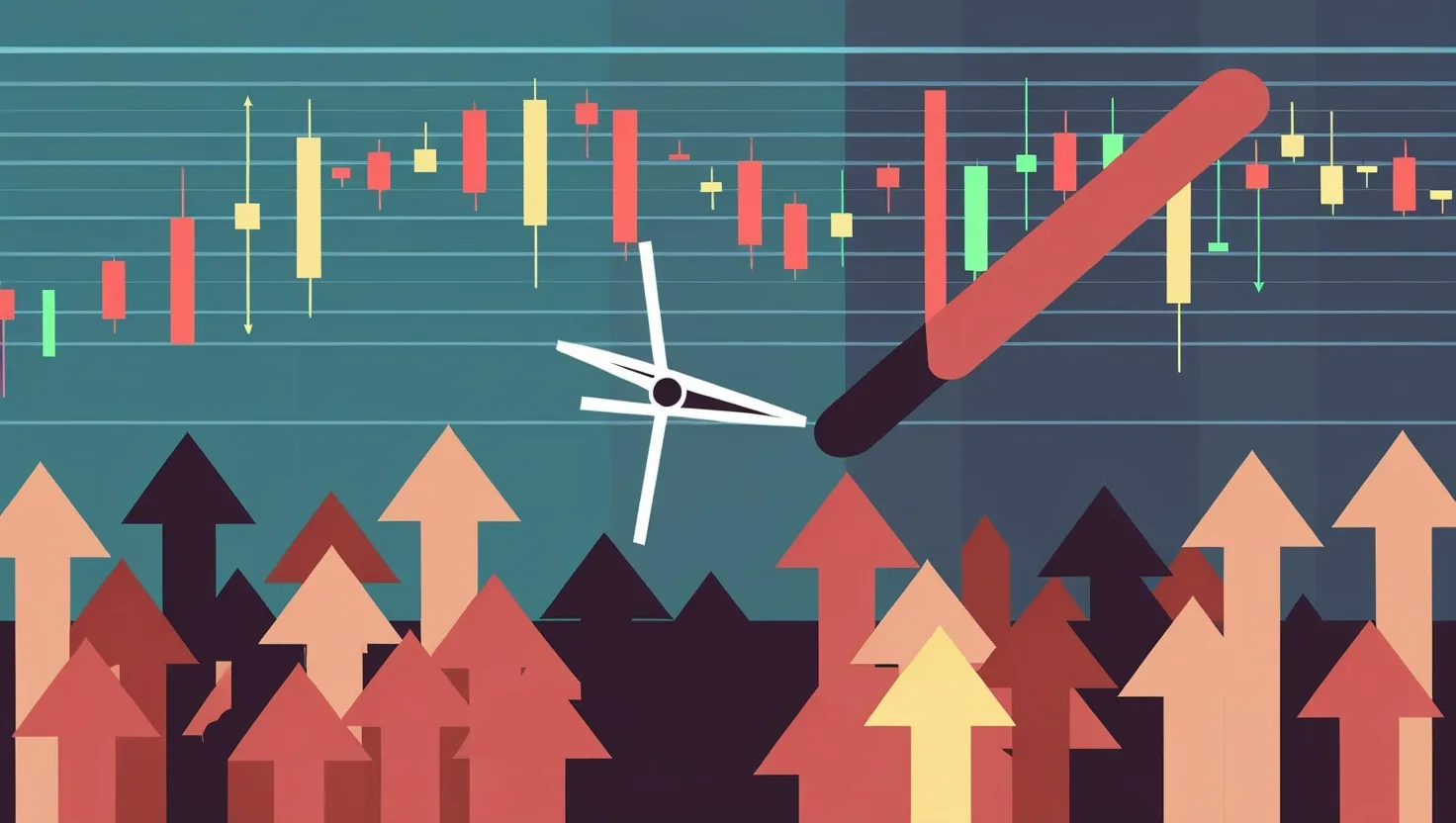Factor investing is a game-changer in the world of investment portfolios. It's like having a secret weapon that can potentially boost your returns while keeping risks in check. So, what's the deal with factor investing? Let's dive in and explore this fascinating approach.
Imagine you're building your dream house. You wouldn't just throw random materials together and hope for the best, right? You'd carefully choose each element to make sure your house is sturdy, functional, and perfect for your needs. That's exactly what factor investing is all about - it's like choosing the best building blocks for your investment portfolio.
At its core, factor investing targets specific drivers of return across different types of investments. These drivers, or factors, are like the DNA of your investments. They help explain why some investments perform better than others. It's pretty cool when you think about it - by understanding these factors, you can potentially predict which investments might do well in the future.
So, what are these magical factors? Well, there are quite a few, but some of the most common ones include size (think small companies vs. big corporations), value (finding hidden gems that are undervalued), momentum (riding the wave of stocks that are already on the rise), profitability (because who doesn't love a company that's making money?), and low volatility (for those who prefer a smoother ride).
Each of these factors has its own unique charm. It's like having different superheroes in your investment team, each with their own special powers. And the best part? You can mix and match these factors to create a portfolio that's tailor-made for you.
Now, you might be wondering, "How does this actually work in real life?" Great question! Let's break it down with an example. Say you're the kind of person who likes a bit of excitement but also wants some stability in your investments. You could create a portfolio that combines the momentum factor with the low-volatility factor.
For the momentum part, you might invest in some tech companies that are innovating and growing like crazy. These are the stocks that have been on a roll and show no signs of slowing down. But to balance things out, you could also throw in some low-volatility stocks, like consumer staples or utilities. These are the steady Eddies of the stock market - they might not be the most exciting, but they're reliable and less prone to wild price swings.
One of the coolest things about factor investing is how it can help you navigate different market conditions. It's like having a weather forecast for your investments. During economic booms, factors like momentum and size tend to shine. When things slow down, quality stocks often take the lead. And if a recession is looming, focusing on low volatility or diversifying your assets might be the way to go.
But here's the thing - factor investing isn't just about picking one factor and sticking with it. In fact, one of the most powerful ways to use this strategy is to combine multiple factors. It's like creating your own investment smoothie - you get to mix different ingredients to create the perfect blend for your taste.
For example, you could combine the value factor with the profitability factor. This way, you're not just looking for undervalued companies (which could be cheap for a good reason), but you're focusing on undervalued companies that are actually making money. It's like finding a hidden gem that's not only affordable but also has real potential.
Now, you might be thinking, "This all sounds great, but how do I actually get started?" Well, the good news is that you don't need to be a Wall Street whiz to implement a factor-based strategy. There are plenty of exchange-traded funds (ETFs) and mutual funds out there that track specific factor-based indexes. These funds offer a convenient and often cost-effective way to dip your toes into factor investing.
But before you jump in, it's crucial to do your homework. Define your investment goals - are you saving for retirement, a down payment on a house, or just looking to grow your wealth? Your goals will help guide which factors might be most appropriate for you.
It's also important to be honest with yourself about your risk tolerance. If the thought of losing money keeps you up at night, you might want to lean more towards low-volatility or quality factors. If you're more of a thrill-seeker, momentum or value factors might be more your speed.
And remember, diversification is key. Even within factor investing, it's important to spread your investments across different factors and asset classes. It's like not putting all your eggs in one basket - if one factor underperforms, the others can help pick up the slack.
One thing to keep in mind is that factor investing, like any investment strategy, comes with its own set of costs. While factor-based ETFs can often be cheaper than actively managed funds, they still have management fees and other expenses. Always compare the costs of different funds before making a decision. After all, every dollar you save in fees is a dollar that stays in your pocket.
At the end of the day, factor investing is a powerful tool that can help you build a more robust and diversified investment portfolio. By targeting specific drivers of return and managing risk through a combination of factors, you can potentially achieve higher returns and reduce volatility.
But remember, investing is a personal journey. What works for your neighbor or your best friend might not be the best approach for you. Take the time to understand your goals, your risk tolerance, and the factors that align with them. With the right approach and tools, you can transform your portfolio and work towards achieving your financial dreams.
Factor investing isn't a magic wand that will instantly make you rich. But it is a well-researched and effective strategy that can help you navigate the complex world of investing with more confidence and potentially more success. Whether you're a seasoned investor or just starting out, factor investing is definitely worth a closer look.
So, are you ready to shake up your investment strategy? Factor investing might just be the secret ingredient you've been looking for to take your portfolio to the next level. Happy investing!






